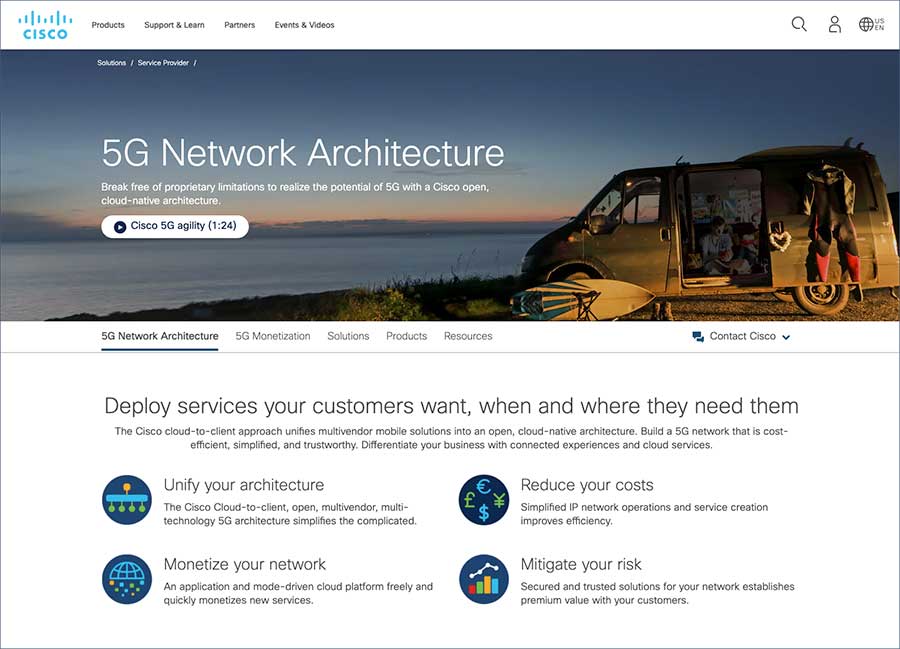When B2B prospects visit your website, can they quickly grasp the value of your products and services? Or do they get lost in a maze of jargony tech features? Are your offerings framed around customer needs—or your company’s capabilities?
Today it’s not enough to create great products and solutions for today’s savvy customers. You also need a great content strategy to help position your offerings successfully. That’s especially true in the ultra-competitive and rapidly growing software-as-a-service (SaaS) market.
2 Content Examples We Like
We looked for strong examples of SaaS product pages and solution pages and found two compelling examples to share*.
We evaluated these product pages based on two simple questions:
- Is the content organized in a solution-first or product-first manner?
- Is the content focused more on customer needs or company capabilities?
Take a deeper dive into product messaging best practices. Get Tendo’s free eBook: 3 Principles for Better B2B Messaging.
Content Example 1: Salesforce B2B Commerce Cloud Product Pages
From top to bottom, content on the Salesforce B2B Commerce product page is strongly focused on the customer, describing how Commerce Cloud solves their problems and helps them grow their businesses. Read on for more specifics about the page elements we like.

What we like (above): The Salesforce Commerce Cloud overview page sets the customer-focused tone, which continues in greater detail on the B2B Commerce page.

What we like (above): This is 100% solution-focused messaging. Every Salesforce product feature is recast as a positive customer benefit or outcome. The copy is crisp, punchy, and specific in how it describes customer benefits. There’s no fluff or jargon.

What we like (above): The content experience unfolds smoothly for the reader: Starting at the top nav, Salesforce’s “Products” section drop-down displays pages organized by customer need, not product type.
Content Example 2: Cisco 5G Network Architecture Solution Page
The Cisco 5G Network Architecture page is a strong example of a “solutions” overview web page. Its compelling content explains the benefits of an innovative technology approach and then transitions into how a company’s products and services can deliver those benefits, with links to individual product pages. Scroll down to view three page components and what we like about them.

What we like (above): The page begins with a clearly articulated value proposition for Cisco’s 5G network solutions, focused on the needs of telecommunications service providers.

What we like (above): Content assets in the middle of the page highlight inspiring opportunities for telecom companies to differentiate themselves and evolve their mobile networks. The page is focused on education—it isn’t rushing to make the sale or push product features.

What we like (above): Further down the page, Cisco transitions to how their products can deliver benefits, and displays links to product pages that offer more detail.
Takeaways for Your Web Pages
When creating your own product or solution web pages, remember to follow the two key principles demonstrated by these Cisco and Salesforce pages:
- Focus on solutions first, rather than products first.
- Focus on customer needs, not company capabilities.
In doing so, you’ll create pages that are more likely to engage and convert your visitors.
Download our ebook: 3 Principles for Better B2B Messaging
Learn how to craft B2B messaging that puts your customer needs first. Download Tendo’s free ebook for detailed guidance and messaging examples from leading B2B brands. Get the ebook.
*Disclosure: Cisco and Salesforce are both Tendo clients.









